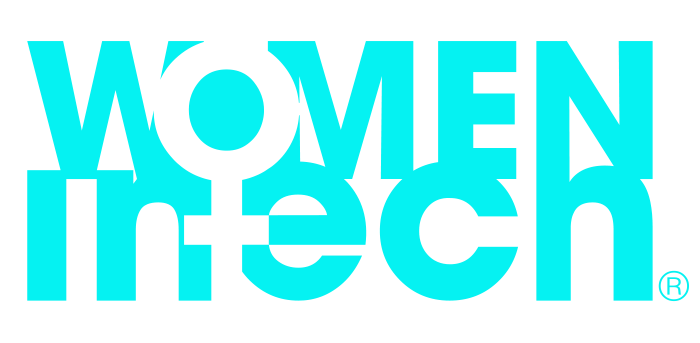Introduction
The rapidly evolving field of FemTech, which encompasses technology products and services addressing women’s health needs, is experiencing unprecedented growth. A recent analysis by Penman, Pryde, McKay, and Cunningham (2024) highlights the sector’s potential to revolutionize women’s healthcare through artificial intelligence (AI) and data-driven solutions. This literature review examines their findings and explores the implications for girls and women worldwide.
The Rise of FemTech
According to Forbes and Dealroom, FemTech raised $1.14 billion across 120 deals in 2023 (Penman et al., 2024). This surge in investment reflects growing awareness of women’s health issues and changing societal perspectives. The FemTech Landscape Report projects the industry to reach a valuation exceeding one trillion dollars by 2027, underscoring its significant potential (Penman et al., 2024).
Addressing Healthcare Disparities
FemTech aims to bridge critical gaps in women’s healthcare:
- Research Imbalance: Less than 5% of public-funded research in the UK focuses on reproductive health, despite its impact on a third of women (Penman et al., 2024).
- Clinical Trial Exclusion: Historically, women have been underrepresented in medical studies, leading to knowledge gaps (Penman et al., 2024).
FemTech solutions, such as period-tracking apps, virtual clinics, and fertility-tracking devices, are working to address these disparities by providing accessible health information and data collection.
AI and Data: Powering Personalized Healthcare
The integration of AI in FemTech offers transformative possibilities:
- Pattern Recognition: AI can analyze vast amounts of unstructured data to identify health trends (Penman et al., 2024).
- Personalized Recommendations: AI-powered virtual health advisors can provide tailored guidance throughout a woman’s life stages (Penman et al., 2024).
- Early Detection: AI analysis of medical imaging, such as mammograms, can improve early detection of conditions like breast cancer (Penman et al., 2024).
These advancements have the potential to empower women with real-time insights and proactive health management tools.
Challenges and Considerations
While the potential benefits are significant, the authors highlight important challenges:
- Data Privacy: Over 50% of women surveyed by the UK’s Information Commissioner’s Office expressed concerns about data transparency and security (Penman et al., 2024).
- Ethical AI Development: Ensuring accountability, transparency, and safeguarding fundamental rights is crucial (Penman et al., 2024).
- Bias Mitigation: FemTech products must be designed to avoid gender, racial, ethnic, and socioeconomic biases (Penman et al., 2024).
Regulatory Landscape
The authors note several key regulatory developments:
- UK Product Security and Telecommunications Infrastructure Act 2022: Establishes minimum security requirements for consumer-connected products (Penman et al., 2024).
- EU AI Act: Imposes additional obligations on high-risk AI applications in medical devices (Penman et al., 2024).
Conclusion
FemTech, powered by AI and data-driven solutions, has the potential to revolutionize women’s healthcare by addressing historical disparities and providing personalized, accessible health management tools. However, as Penman et al. (2024) emphasize, careful consideration of privacy, ethics, and bias mitigation is essential to realize the full potential of this rapidly growing sector.
References
Penman, L., Pryde, N., McKay, K., & Cunningham, S. (2024). FemTech and the use of AI. Society for Computers & Law.
Read full article here!


